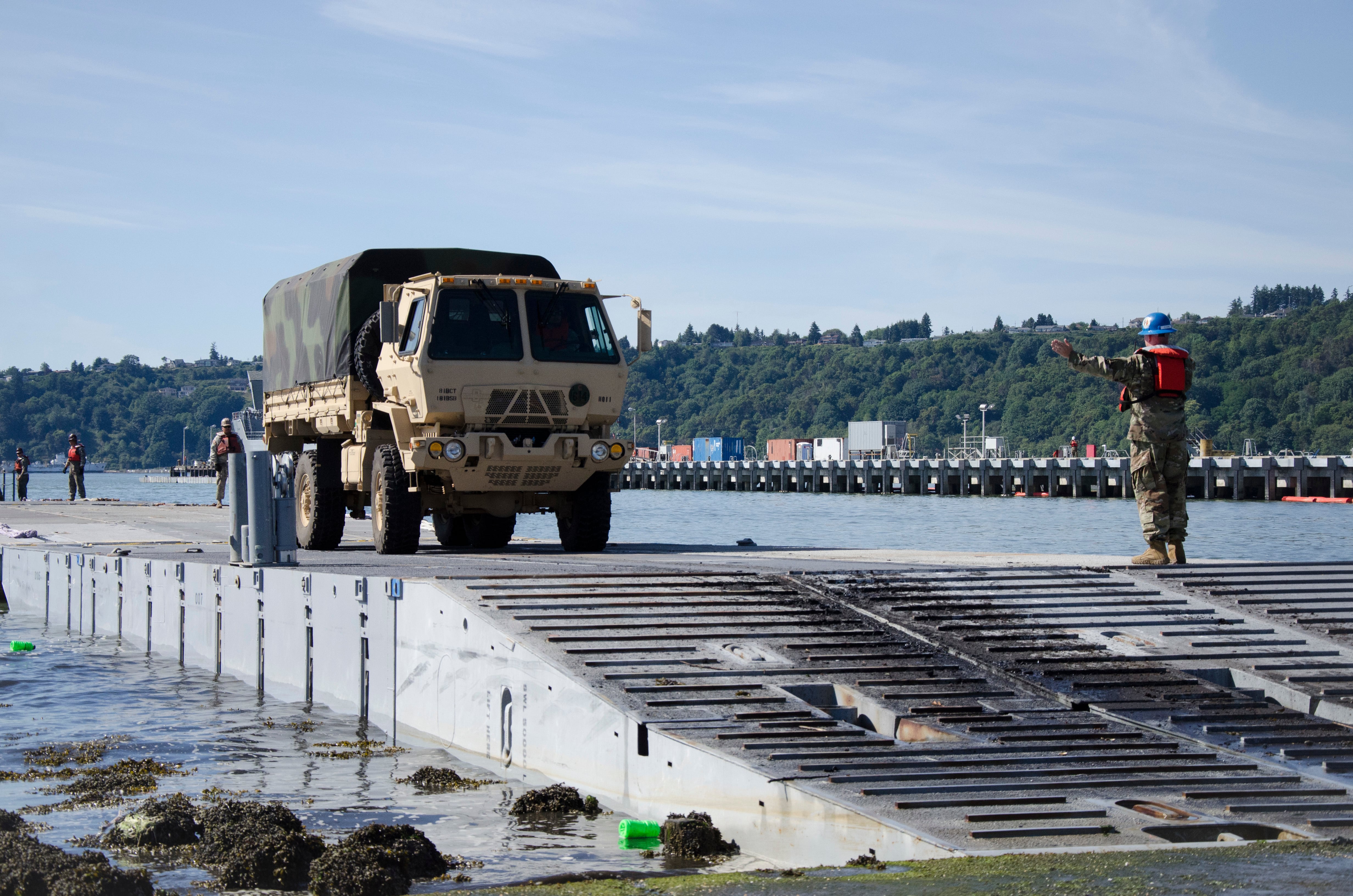Four long minutes of earth-rolling, life-shattering destruction. Half an hour later, a four-story tsunami swallows entire coastal communities. In the hours and days that follow, powerful aftershocks bring more destruction and mayhem.
Roads are cut, bridges are down, countless buildings destroyed. The power and communications grids go dark.
Thousands are killed, many more injured, while some 10 million souls are left to figure out what to do next.
And there's nothing anyone can do to stop it.
This is the nightmare scenario envisioned by scientists and emergency planners for those living in the Pacific Northwest. The worst-case scenario, they say, is also the most-likely scenario.
A 9.0 magnitude earthquake resulting in the complete rupture of the 700-mile Cascadia Subduction Zone fault line just off the Washington, Oregon and Northern California coastline is coming eventually, they say. It's just a matter of when.
And while there is nothing anyone can do to prevent it, there is plenty that must be done once it happens.
This is the driving force behind "Cascadia Rising," a massive joint inter-agency exercise underway this week throughout the region and involving top commands across the country.
"This exercise has been in the works for two years now and we have about 20,000 people involved from across more than 100 federal, state, county, local and tribal agencies," Federal Emergency Management Agency spokesman Ryan Ike said.
Among the more than 11,000 military personnel involved:
- Coast Guard — 4,000 sailors primarily from units stationed in the region.
- National Guard — 3,400 troops from Air and Army National Guard units across Washington State, Oregon and Idaho.
- U.S. Northern Command — 2,300 active duty troops both on the ground as exercise controllers and participants in the Pacific Northwest as well as at the command headquarters at Peterson Air Force Base in Colorado.
- U.S. Transportation Command — 1600 troops are testing the command’s ability to move relief supplies and equipment despite massive devastation to seaports and transportation networks.
"In an event this large, our civilian agencies are going to get overwhelmed," said Maj. Patrick Johnson, a medical operations officer with the Washington Army National Guard's 181st Brigade Support Battalion as soldiers load trucks onto to a floating causeway at the Port of Tacoma to haul to nearby Vashon Island that's ordinarily only accessible via ferry.

Soldiers from the Washington Army National Guard's 181st Brigade Support Battalion and the Army's 7th Transportation Brigade (Expeditionary) load trucks onto a floating causeway at the Port of Tacoma in support of Cascadia Rising on June 5, 2016. The exercise involves more than 100 federal, state, county and city agencies and is designed to test plans in the event of a major earthquake and tsunami in the region.
Photo Credit: Sgt. Michael Tietjen/Army
"If the ferries are down and we can't get resources — medical, food, water — to Vashon Island and the 10,000 people there, it's going to be hard for the limited agencies they have there," he said.
It's just one small piece in a vast emergency response jigsaw puzzle of tectonic proportions.
"While the timing cannot be forecast very precisely, great subduction zone earthquakes are inevitable—they are a fundamental consequence of plate tectonics,"according to FEMA planning documents. "The odds that a large, damaging earthquake will occur in the near future in the Cascadia region are very high."
The 2011 magnitude 9.0 earthquake and tsunami that hit Japan claimed more than 15,000 lives and caused a reactor meltdown at a nuclear power plant. The region is still recovering.
Officials believe a Cascadia quake could be far worse.
"This will impact thousands of families, destroy much of our medical system, transportation networks, power, communications, and ports. You name it, there will be major damage," said Karina Shagren, a spokesperson for Washington State's Military Department. "It's going to set us back several decades."





